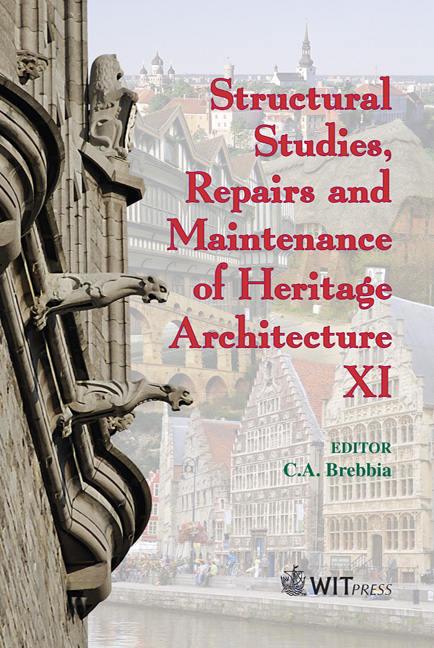The Effect Of Earthquake Characteristics On The Collapse Of Historical Masonry Buildings: Case Study Of The Mosque Of Takiyya Al-Sulaymaniyya
Price
Free (open access)
Transaction
Volume
109
Pages
10
Page Range
385 - 394
Published
2009
Size
1,065 kb
Paper DOI
10.2495/STR090341
Copyright
WIT Press
Author(s)
W. Jäger & T. Bakeer
Abstract
Different factors influence the collapse behaviour of masonry structures, and one of the major factors is the characteristics of the earthquake itself. This effect is going to be more complicated for historical constructions, which involve different structure members with different geometries. The present study focuses on the effect of earthquake characteristics on the collapse behaviour of historical masonry structures. The effect of earthquake direction and the frequency content of the earthquake are discussed. A brief background of the selected case study and modelling process are given first, and the geometry of the whole structure is created where micro modelling strategy is employed. The collapse analysis of the structure is performed under an artificial model based on the earthquake characteristics. Unidirectional earthquakes are applied to the structure from different angels in order to investigate the weakest situation. Finally, different earthquake models are generated with different frequency contents according the soil profiles and applied consequently on the structure to explore the worst situation. Keywords: collapse analysis, historical masonry buildings, earthquake direction, frequency content, artificial accelerogram.
Keywords
collapse analysis, historical masonry buildings, earthquake direction, frequency content, artificial accelerogram




